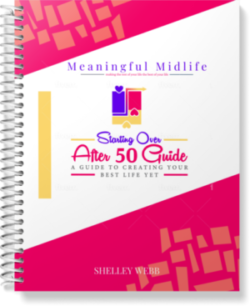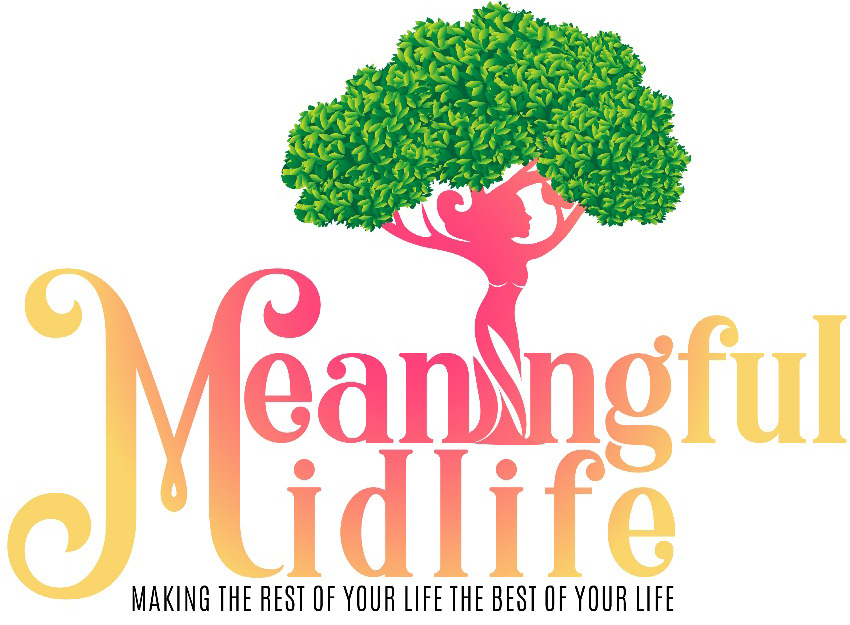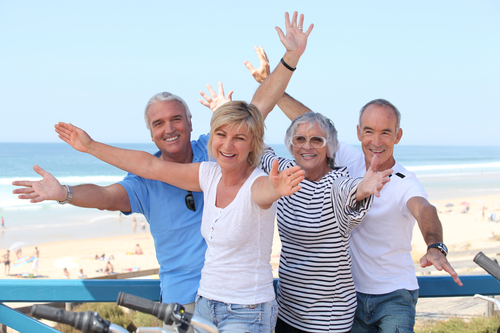The following article was written by my colleague, Dr. Daisy Sutherland. She is a chiropractor and an advocate for a healthy and wholistic lifestyle. What is amazing about her is her recent transformation. At the age of 50, she was surprised to see herself so out of shape and set out to do something about it. Not only did she lose weight and get in shape, she competed in a body-building contest and won!
I’m struggling with this mid-life thing myself so this article resonated with me. As caregivers, we often neglect our own health and can suffer the consequences of it.
“One thing that is inevitable is the aging process; however that doesn’t mean that you must give up and throw out all you have learned about healthy living. There are limitless illnesses that are associated with the aging process but again that doesn’t mean that everyone is susceptible to these illnesses. Awareness is required to continue your healthy lifestyle into the golden years and it is possible to lead a healthy lifestyle as you age.
Like anyone else, the aging population needs to address healthy weight management and to be aware how weight gain can cause problems for their health. But, seniors can be even more vulnerable because as you age your metabolism slows and weight gain becomes that much more of an issue.
Loss Of Lean Muscle Mass
Have you ever watched a teenager inhale food like breaths of air and not gain an ounce? A lot of this is due to a higher metabolic rate in our younger years.
Did you know that as you age, your metabolism begins to slow down?
While genetics help determine your overall metabolic performance, having sufficient amounts of lean muscle mass greatly determines metabolism as well because muscle burns more calories per hour than fat, and this means that those who have lean and muscular bodies are able to burn more, even when they are at rest.
Your overall muscle mass decreases as you age, and this slows metabolism by about 2% to 8% per decade. This can be counteracted by performing simple strength training exercises with the use of free weights or weight machines. Ideally strength training should take place early in life, but especially as you head into your 40s and 50s, because when you maintain lean muscle mass, metabolism is not likely to decrease as much as you age.
Older individuals, especially, are more likely to gain weight as their metabolism slows down, which, can lead to obesity and the serious health concerns related to it.
Weight Gain
Lack of activity is the number one cause of weight gain even when you continue to eat as you have your entire life, because of the decrease in metabolism. As your metabolism decreases so does your body’s ability to burn calories. If you keep eating the same amount of food, your body will start to turn the excess calories into fat. The more over weight you get the less active you will become. This in turn leads to more weight gain.
Weight Management For the Aging Population
The solution to reversing and preventing obesity for any age, is a combination of diet and exercise. A good diet will cut the number calories that you are taking in, while exercise will burn off calories that you eat. Each one will get rid of some of the excess calories. Together they will get rid of a significant amount of calories. Finding a balance between diet and exercise is the best way to get rid of unwanted weight.
The basic formula is “calories in and calories out” or burn more than you take in.
To lose weight you will also need to change how you eat. As you age, your body starts to secrete less digestive enzymes. This changes how your body breaks down and absorbs nutrients.
Avoid foods that are high in sugar and fat. Fat contains more calories and can lead to high LDL (bad) cholesterol.
Eat small portions of food more often. The body really only needs about 300-400 calories in one sitting. Any more than that is turned into fat stores. Eating smaller portions will help with weight loss.
Eat more plant based foods, like fruits and vegetables. Fruits and vegetables are low in calories and high in vitamins and minerals that the body needs, which, makes them quality calorie foods.
Eat more fiber. Fiber is filling and low in calories. Fiber also aids in digestion. Kale is a super plant food filled with fiber and other essential nutrients. It is very filling and can be eaten raw or slightly sautéed. There are many great plant foods that are filled with fiber, including, broccoli that can be a great weapon in the weight loss arsenal.
Drink more water. Many times thirst feels like hunger, and instead of drinking you may eat. Also, drinking icy cold water helps to burn a little more calories as the body needs to warm it as it passes through.
Exercise & Physical Activity
Exercise and physical activity can help you to lose weight by increasing your muscle mass and speeding up your metabolism.
There are many other practical benefits to being active aside from weight loss and building lean muscle mass. Some of these include, increased stamina, endurance, balance, vitality and agility, all of which are helpful in the golden years. The best exercises for weight loss are aerobic workouts and resistance training.
Aerobic Exercise
An aerobic workout exercises the heart and the cardiovascular system. When the heart beats faster the body burns more calories. The longer you keep your heart rate up the more calories you will burn.
An aerobic workout strengthens the heart and it increase blood flow to the entire body. This provides the body with a rush of nutrients and energy that causes the body to burn while working out and also while at rest. It is recommended that you do 30 minutes of aerobic exercise each day, at least 3 days per week, preferably 5 times.
Some aerobic activities include: Biking, dancing, jogging, walking, elliptical trainers, various fitness classes, just to name a few.
Resistance Training
Resistance training targets the muscles directly. It is used to increase muscle mass and has a longer effect on burning calories than aerobics. By increasing muscle mass we are also increasing our metabolism. This means that our bodies are burning more calories all the time, and not just during a particular workout.
It is recommended that resistance training should consist of 8 to 10 different exercises. Each exercise should consist of 8 to 12 repetitions. Work until the muscles are fatigued, but don’t strain yourself.
These are simple tips that anyone can follow for healthy weight management and an incredible overall health boost at any age, but especially in golden years when the effects of time on your body can cause serious health issues.”
For more information about Dr. Daisy Sutherland, visit her website Wholistic Fit Living.
LEARN TO LOVE YOUR LIFE AGAIN
 Do you feel like you need to hit the REFRESH button on your life? Download our free guide and begin to create your best life yet!
Do you feel like you need to hit the REFRESH button on your life? Download our free guide and begin to create your best life yet!



